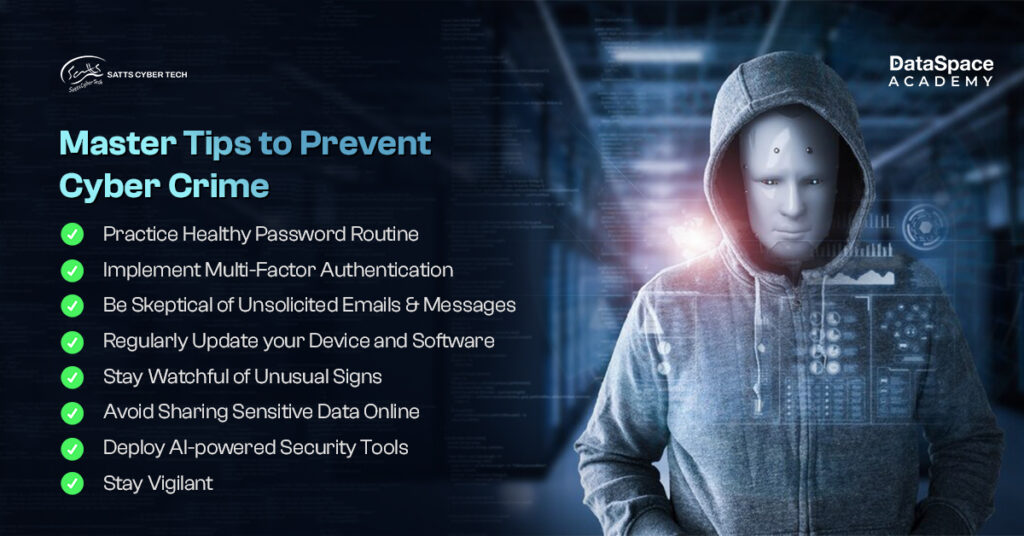The rise of
AI powered cyberattacks has brought an unprecedented wave of digital insecurity. Cybercriminals are deploying AI and ML to orchestrate highly deceptive cyber attacks that are getting harder to detect. AI-backed Deepfakes have alarmed 61% of organisations this year, with financial damages projected to reach $40 billion by 2027. This crisis is set to drive the value of the AI cybersecurity market from $24 billion in 2023 to a staggering $134 billion by 2030.
AI in cybercrime is fast gaining traction and is expected to multiply the losses in the upcoming times. Thus, it’s crucial to stay vigilant about the AI-based cybercrimes as well as the prevention tips.

AI’s massive capacity to learn from vast amounts of data makes it a highly dangerous tool if it gets into wrong hands. Cyber criminals are exploiting the colossal learning capacity of AI to craft deceptive hooks, automate real-time attacks, and exploit vulnerabilities at unprecedented scales. Let’s decode some of the dangerous AI-driven cyber attacks that can threaten your digital existence:

AI has become a double-edged sword- empowering industries on one hand while also enabling attackers to launch cyber attacks and outsmart traditional defenses. Therefore, it’s vital to arm yourself with robust safety measures. Don’t let your guard down! Keep scrolling to learn about
safety tips for cyber crime.
AI powered cyberattacks are not only creating challenges for the netizens but also lucrative opportunities for skilled professionals in the cybersecurity domain. It’s time to advance your career in cybersecurity with DataSpace Academy’s
cyber security online course.

 AI’s massive capacity to learn from vast amounts of data makes it a highly dangerous tool if it gets into wrong hands. Cyber criminals are exploiting the colossal learning capacity of AI to craft deceptive hooks, automate real-time attacks, and exploit vulnerabilities at unprecedented scales. Let’s decode some of the dangerous AI-driven cyber attacks that can threaten your digital existence:
AI’s massive capacity to learn from vast amounts of data makes it a highly dangerous tool if it gets into wrong hands. Cyber criminals are exploiting the colossal learning capacity of AI to craft deceptive hooks, automate real-time attacks, and exploit vulnerabilities at unprecedented scales. Let’s decode some of the dangerous AI-driven cyber attacks that can threaten your digital existence:
 AI has become a double-edged sword- empowering industries on one hand while also enabling attackers to launch cyber attacks and outsmart traditional defenses. Therefore, it’s vital to arm yourself with robust safety measures. Don’t let your guard down! Keep scrolling to learn about safety tips for cyber crime.
AI has become a double-edged sword- empowering industries on one hand while also enabling attackers to launch cyber attacks and outsmart traditional defenses. Therefore, it’s vital to arm yourself with robust safety measures. Don’t let your guard down! Keep scrolling to learn about safety tips for cyber crime.
